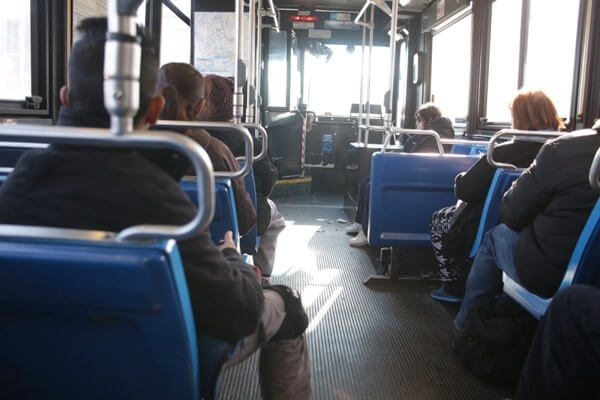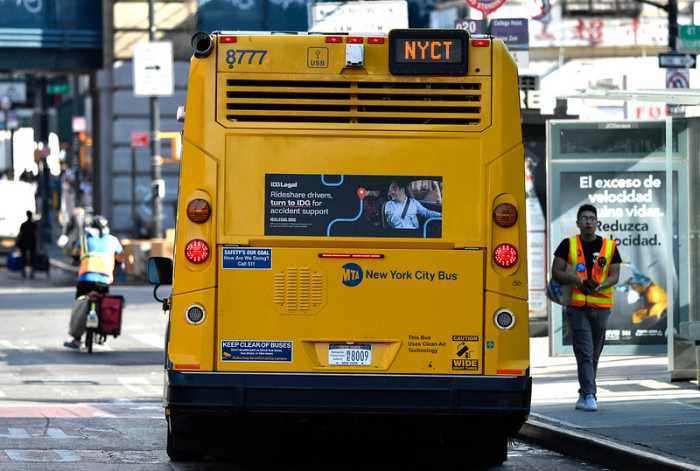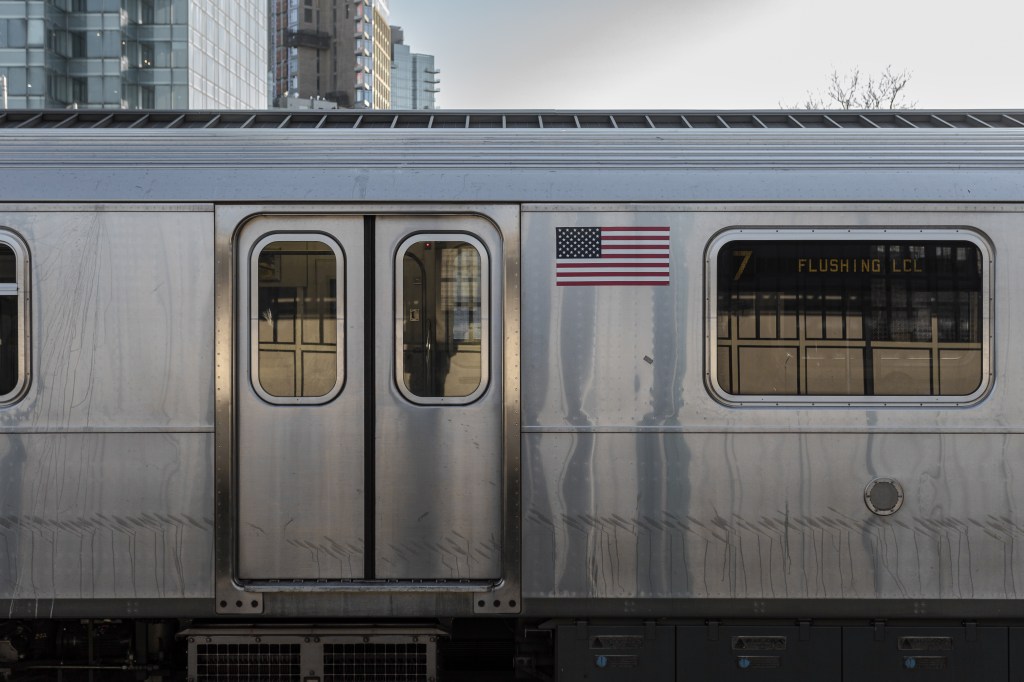By Gina Martinez
A new study has found that Queens health care workers have the city’s worst commute.
The Center for an Urban Future’s report “An Unhealthy Commute: The Transit Challenges Facing New York City’s Health Care Sector” found that Queens health aides who rely on public transportation have longer commutes than workers in any other industry in the city. According to the Center, the health care system is the borough’s largest industry, with 90,000 workers.
While most New Yorkers experience transit problems, health care employees in particular rely on public transit, have the longest median commutes of any private sector workers, and in fact have seen their commutes increase at more than double the rate of all workers citywide, the center’s research found.
According to the study, the lengthy commutes are a result of serious transit gaps in the boroughs outside Manhattan, where health care jobs are growing rapidly but transit options are often limited.
According to the Center’s report, Queens health care workers who rely on mass transit face a median commute of 56 minutes — 10 minutes longer than the median commute for all workers citywide and five minutes longer than the median commute for health care workers citywide. Of all boroughs, only Staten Island, with a median commute of 57 minutes, has a longer commute for health care workers.
In Queens there are more than 25 major health facilities located at least eight blocks from a subway, including Flushing Hospital Medical Center, St. Mary’s Hospital for Children, and NewYork–Presbyterian/Queens, according to the report.
Queens is also home to two of the five communities in the city with the highest concentration of health care workers, the report said. Jamaica, Hollis and St. Albans are fourth with more than 11,700, while Queens Village, Cambria Heights and Rosedale — home 11,235 health care employees — ranks fifth. Although almost one in six health care workers live in Queens Village, Cambria Heights, and Rosedale, not one of those neighborhoods has a subway station nearby.
The executive director of the Center for an Urban Future, said that while all New Yorkers have good reason to be frustrated with the city’s transit system, health care workers in the city arguably have it the worst.
“The problems aren’t only related to subway delays and overcrowded trains,” Jonathan Bowles said. “The reality is that bus and subway service in the four boroughs outside Manhattan simply hasn’t kept pace with massive increases in the number of New Yorkers working and living there.”
According to the study, a significant share of the city’s health care workers rely on a bus to get to their job. More health care workers — 80,706 total — commute via bus to work every than all retail and food service workers, 78,291, combined.
The Center’s researchers concluded that bus service across the city is unreliable and does not run frequently enough, and proposed “achievable policy recommendations” that could improve transit for the health care sector and all New Yorkers. The study recommended the city make new investments in transit service in the four boroughs outside of Manhattan by enacting Fix NYC, or a congestion pricing proposal that would require a key portion of funds raised to be directed to support outer borough transit investment, or the launch of a bus rescue plan to improve the speed and reliability of bus service.
Reach Gina Martinez by e-mail at gmart




































